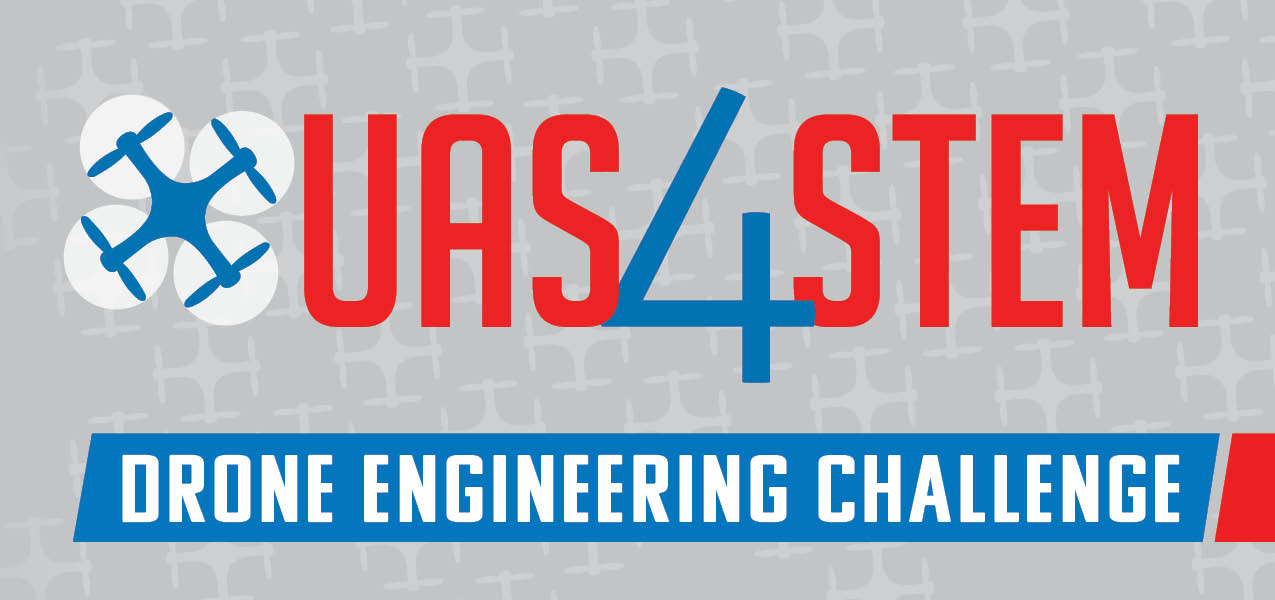The Enterprise
A team of St. Mary’s homeschooled students will vie for a national quadcopter drone title this summer after winning a regional competition last month at Greenwell State Park in Hollywood, Maryland.
Sponsored by HTii of Lexington Park, the victorious Tradition of Roman Catholic Homeschoolers (TORCH) team will compete in the National Search and Rescue Challenge August 20 at the Academy of Model Aeronautics (AMA) headquarters in Muncie, Indiana.
Thirteen teams competed in the Greenwell event held April 23-24 in a 200-yard-square airspace over the park. The competition consisted of two flying exercises and a preliminary oral presentation called a Flight Readiness Review (FRR) that tested the teams’ engineering knowledge of their aircraft.
The eight-man TORCH team totaled 39 out of 64 possible points in the three events for first place. Second place went to the Civil Air Patrol St. Mary’s Composite Squadron with 30.8 points.
“it was a great opportunity for the kids,” said the TORCH team’s mentor, Andy Pontzer, a flight test engineer at the Webster Field annex of Naval Air Station Patuxent River. “They learned because they were interested, not because they were forced to. We hope it inspires them to a career in something like computers or aviation.”
All teams had to fly the same Quadzilla unmanned aerial system (UAS), a four-rotor, video-equipped, radio-controlled drone that can be flown manually or programmed for autonomous, computer-operated flight.
The project started with a Quadzilla kit that the students had to assemble themselves and learn to operate. Pontzer and the team’s other mentor, retired Marine Corps helicopter test pilot Dan Krall, provided hands-off guidance, but the students did all the work.
“They learned things like soldering, wiring, planning a mechanical assembly and following instructions,” said Pontzer, who has two sons on the team. “If they had questions, we helped them find the answers, but we didn’t give them the answers.”
Funding to buy kits for St. Mary’s County public high schools came via The Patuxent Partnership, a local non-profit with members from industry, government and academia. The Partnership had collaborated with the county school system and other local organizations to win a STEM (science, technology, engineering, mathematics) education grant from the Navy’s Office of Naval Research.

But the TORCH homeschoolers had not been part of the group applying for the grant, “so we went looking for a sponsor,” Pontzer said. “We sent a letter to the Partnership, they put the word out, and (HTii President) Dorothy Hammond responded.”
Besides financial help, HTii worked with the team on the FRR oral presentation. HTii staff members asked questions, took notes as the students talked and gave a detailed critique with suggestions for improvement.
“The early start we got from HTii was key,” Pontzer said. “We were off and running in October.”
Funding for the August trip to the national competition in Indiana shouldn’t be an issue, according to Pontzer. “I figure we’ll road-trip it,” he said. “One of our parents has an RV, and there’s a campsite in Muncie where we can stay. It shouldn’t be expensive – just gas and food.”
For now though, the TORCH team is working with the AMA, which sponsors the events under its UAS4STEM program, to spread the word about building and flying drones. They’ve already demonstrated the technology at the Duke elementary school in Leonardtown at the request of a local AMA representative, Pontzer said. “The AMA goal is to bring more kids into aeromodeling.”
Flying Quadzilla
For the flight competition, the eight-man team was divided into four pairs: two ground crew to conduct preflight checks and change batteries, two safety pilots to fly the drone manually, two video operators to spot objects on the ground and identify them and two computer operators to program the aircraft and enter data.
“They switched roles during practice, so they could all learn all parts of the operation,” Pontzer said, “but not during the competition.”
The first airborne event was autonomous flight. Teams had to program their aircraft to take off, fly in sequence to five waypoints designated by latitude, longitude and altitude, hover at each one for five seconds and come to a controlled landing – all without anyone at the controls.
Teams were given 30 minutes to complete the autonomous flight exercise, but that included time needed to change the batteries, which only last 10 minutes. They were allowed to take manual control to land and change batteries during the exercise, but the clock kept running.
The second airborne event was to identify five objects on the ground representing what might be found during a search and rescue mission – a tent, camping chairs, a bicycle, a mannequin and a model airplane. Teams had to choose a search pattern that was high enough to cover the entire area in the allotted time but low enough to be able to identify the objects.
“Our kids measured the video camera’s field of view and used that during practice missions to figure out how high they should fly,” said Pontzer. They entered that information and the coordinates of the search box in the flight computer, “and the software built a ladder search pattern.”

